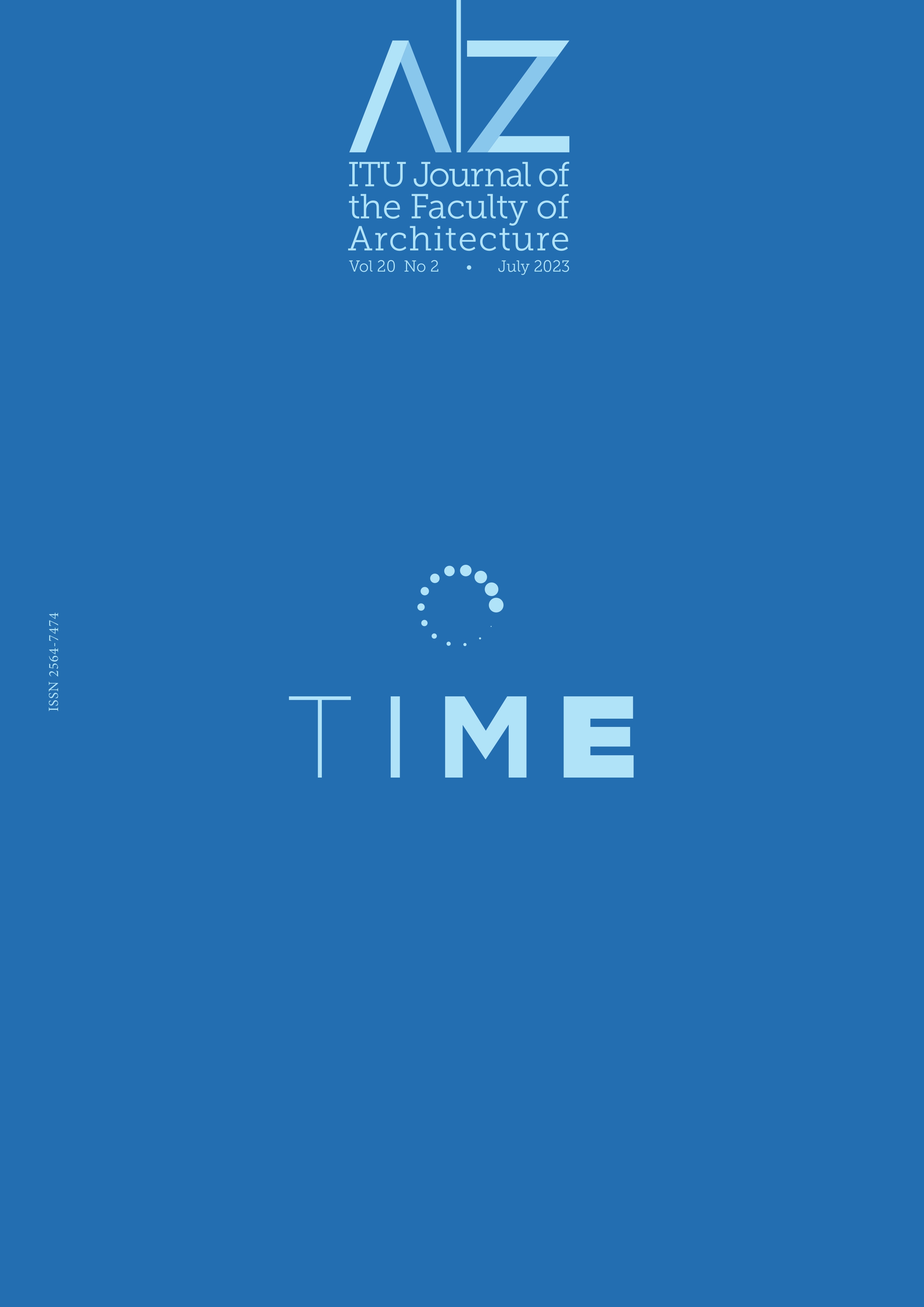Published 2023-07-31
Keywords
- Club Med,
- Foça,
- holiday village,
- spatial production,
- legend
Abstract
At the time of its appearance on the outskirts of the infrastructurally underdeveloped and culturally conservative village of Foça in 1966, Club Med was already a widely known international holiday village chain, promoted as an antidote to civilization. The term legend was commonly attached to it at an international scale to refer both to its stunning localities and the atmosphere of abundance offered within its guarded boundaries. Arguably, a sense of Oriental exoticism was also a source of attraction to the Western patrons of Club Med Foça. However, the Club owes its legendary status to different reasons for the Turkish population at large and for Foça residents, some of whom were hired as employees. For the former the Club, which was publicized as a microcosm of Europe, offered a glimpse of a highly desirable, modern culture. For the latter, it was both an economic resource and an agent of significant socio-cultural transformation. Generating a small town bourgeoisie of sorts, Club Med introduced unprecedented forms of spaces, pleasures and desires to Foça. Engaging with archival research, spatial analysis, and oral histories, we explore the mutual production of spatial and cultural boundaries in the historical context of 1960s and 70s Foça vis-à-vis Club Med.


